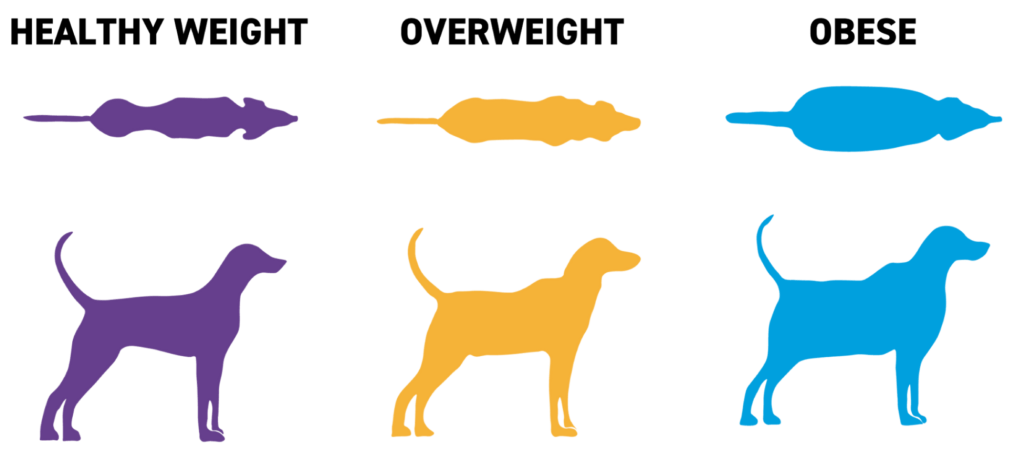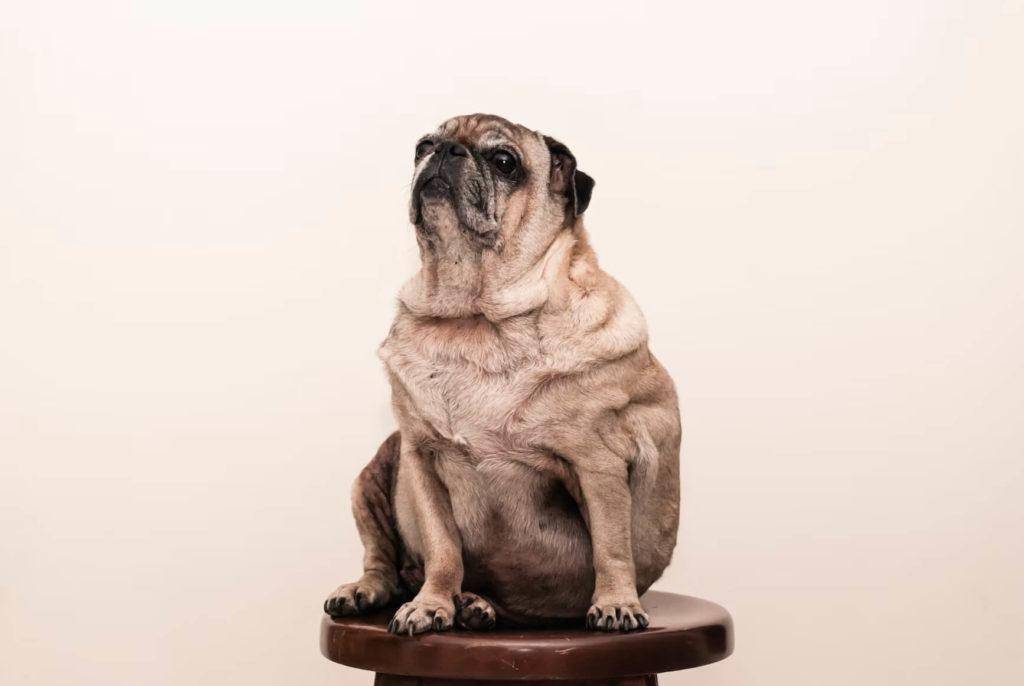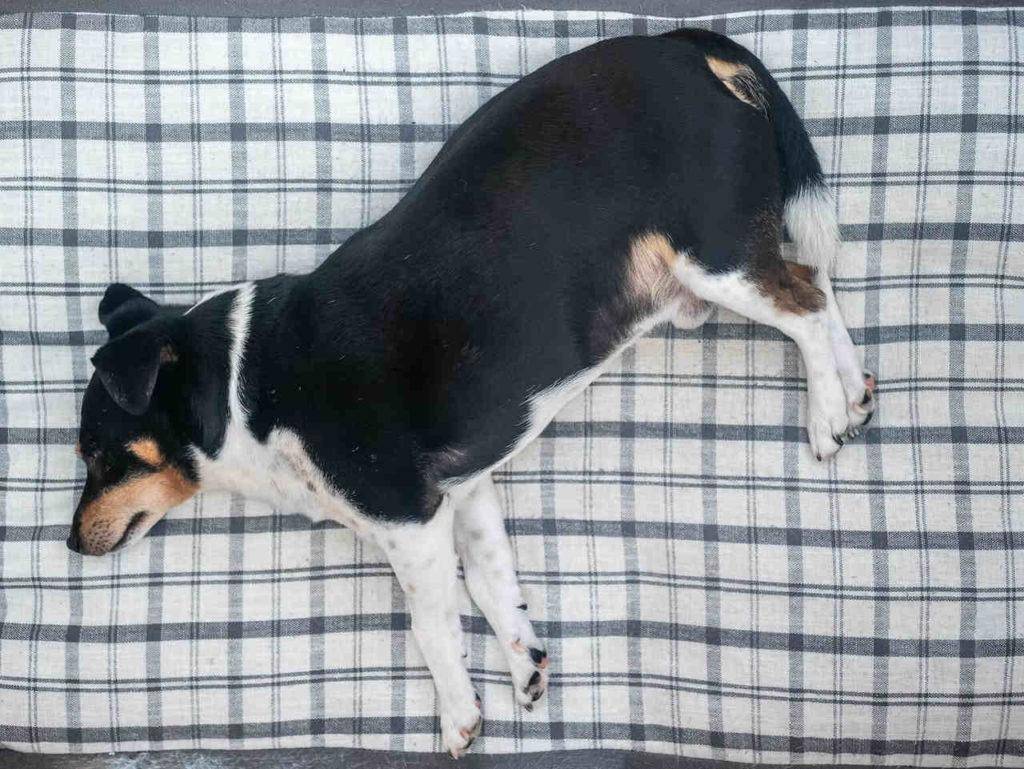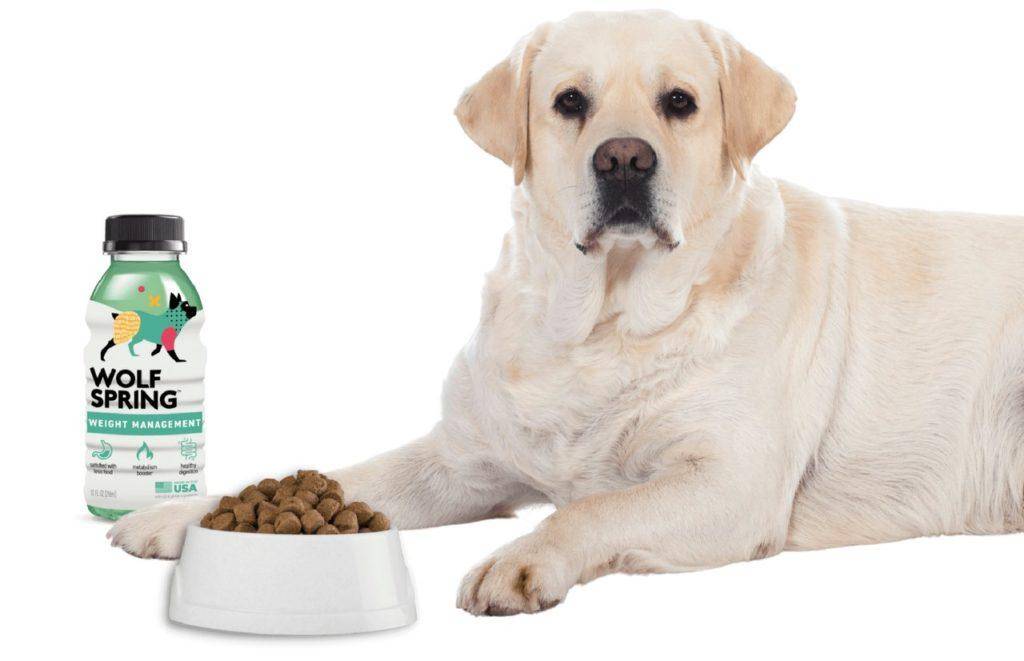If you’re like most dog owners, you probably think of your furry friend as a member of the family. And just like our human loved ones, we want to make sure our dogs are healthy and fit.
In the United States alone, it’s estimated that around 56% of dogs are overweight or obese. That’s a lot of pups carrying around extra weight! Dogs who are overweight can be at risk for many health problems, so it’s important to be able to identify if your dog needs to lose weight and how you can help it.
How to tell if your dogs overweight?
There are a few ways to tell if your dog is carrying extra pounds. Here are a few tips:
- Check your dog’s ribs: You should be able to feel your dog’s ribs without having to press too hard. If you can’t feel them or if they’re hidden by a layer of fat, your dog is, for all intents and purposes, overweight.
- Look at your dog from above: You should be able to see his/her waist when looking down at your dog. If there isn’t a defined waist, your dog is likely overweight.

- Check with your vet: Veterinarians can help you determine if your dog is at a healthy weight and offer advice on how to help them lose any excess weight
Dogs who are obese can be at risk of suffering from many health problems. This includes joint pain, diabetes, respiratory problems, heart disease, etc. It’s important to be able to identify if your dog needs to lose weight, so you can help them get back on track and enjoy a healthy lifestyle again. As a dog owner, you must be able to determine if your dog is overweight or not. Some of the symptoms of obesity include:
- Having a pot-bellied, “saggy” appearance: a sign of obesity in dogs is a “saggy” appearance. This means that the dog’s abdomen hangs low to the ground and their back appears to be sagging.
Dogs who are obese can be at risk of suffering from many health problems. This includes joint pain, diabetes, respiratory problems, heart disease, etc. It’s important to be able to identify if your dog needs to lose weight, so you can help them get back on track and enjoy a healthy lifestyle again. As a dog owner, you must be able to determine if your dog is overweight or not. Some of the symptoms of obesity include:
- Having a pot-bellied, “saggy” appearance: a sign of obesity in dogs is a “saggy” appearance. This means that the dog’s abdomen hangs low to the ground and their back appears to be sagging.
- Being unable to feel the ribs easily: One of the easiest ways to tell if your dog is carrying around extra weight is by feeling their ribs. If you can’t feel your dog’s ribs, or if they have a thick layer of fat covering them, then they are likely overweight.
- Excess skin fold: Some breeds of dog can have prominent skin folds as a distinguishing characteristic. However excess skin fold is most commonly associated with obesity, both for dogs and humans. Skin fold over time becomes an overall liability to the overall health of your dog and should be removed.
- They have trouble breathing: Overweight dogs often have difficulty breathing, due to the extra weight putting pressure on their chest and lungs. If you notice your dog panting more than usual or is having trouble catching its breath, this could be a sign of obesity.
- They are always hungry: If your dog is always begging for food, even after they’ve just eaten, this could be a sign that they are carrying extra weight. Dogs who are overweight often have a higher appetite than those at a healthy weight.

Health Problems Associated With a Dog’s Obesity
Dogs who are overweight can be at risk for many health problems, so it’s important to be able to identify if your dog needs to lose weight.
Problems may include:
Joint pain: Extra weight puts extra strain on your dog’s joints, which can lead to pain and arthritis.
Respiratory difficulties: Carrying around extra weight can make it harder for your dog to breathe.
Digestive problems: Obesity can cause digestive issues like constipation and pancreatitis.
Type 2 diabetes: Just like humans, dogs can develop type 2 diabetes if they are overweight.
There are a few things you can do to help them get back in shape:
When it comes to food, choose a high-quality, low-calorie option that will help your dog feel full. Avoid beggar bowls and table scraps, as these can add unnecessary calories to your dog’s diet.
Exercise is essential for all dogs, but it’s especially important for those who need to lose weight. Take your dog on regular walks, runs, or hikes. If they’re not used to exercising a lot, start slow and gradually increase the intensity and duration of their workouts.
If you’re struggling to help your dog lose weight on your own, there are a number of weight loss programs available that can give you the guidance and support you need. Talk to your vet, and with a little effort, you can help your dog slim down and lead a healthier lifestyle.

Why is my dog overweight?

Woof! Dogs are notorious for being food-motivated, which can lead to weight gain if they’re not properly exercised. There are a few possible explanations as to why they are overweight. One is that they’re simply eating too much – make sure to measure out their food intake and avoid giving them too many treats. Another possibility is that they’re not getting enough exercise.
Dogs need around 30 minutes of aerobic exercise per day, so if you’ve been skimping on walks, it’s time to step it up. Finally, some breeds are more prone to obesity than others – for example, Labrador Retrievers and Corgis are both known for carrying extra weight. If you think your dog might be overweight, talk to your vet about the best way to help them get back on track.
How Much Quantity to feed overweight dogs?

As previously stated, obesity is becoming a common problem in dogs.
The best way to help an overweight dog shed pounds is to change its diet. Feeding your dog smaller meals more often throughout the day can help boost its metabolism and help it lose weight. You should also avoid giving your dog table scraps, as these can add unnecessary calories to its diet.
Exercise is also important for dogs who need to lose weight. Taking your dog for a walk or a run several times a day will help it burn off excess calories and lose weight.
If you think your dog may be overweight, talk to your veterinarian about the best way to help it lose weight. They can assess your dog’s health and recommend a weight loss plan that is right for it.
Develop a Dog Weight Loss Plan with Your Vet
If your dog is overweight, the best place to start is by making an appointment with your veterinarian. They will be able to tell you if your dog is actually obese and if they are, they can help you develop a weight loss plan.
This plan will likely include changing your dog’s diet and increasing their activity level. You’ll also want to make sure that you are monitoring your dog’s weight loss progress so that you can make any necessary adjustments along the way.

How to tell if your dog might need weight management
Most pet parents are aware that carrying around extra weight can be detrimental to their dog’s health. However, it can be difficult to tell if your furry friend is carrying a few extra pounds.
It’s important to talk to your veterinarian about a dog weight management plan for your dog. Good news – Wolf Spring and their team of vets and animal nutritionists have crafted a new formula, with L-Carnitine, L-Taurine, Glucosamine, and more to aid in dog weight loss! Every ingredient in their delicious food topper has been proven effective at helping dogs shed excess weight!

Final Thoughts
If you think your dog may be overweight, solutions are definitely available. What matters is to take the necessary steps to help it lose weight. Changing your dog’s diet and increasing its exercise can help it burn off excess calories and get back to a healthy weight. Talk to your veterinarian about the best way to help your pup lose weight, as they can assess your dog’s health and make recommendations for a weight loss plan. Following these tips, you can help your overweight dog slim down and get back to a healthy weight!